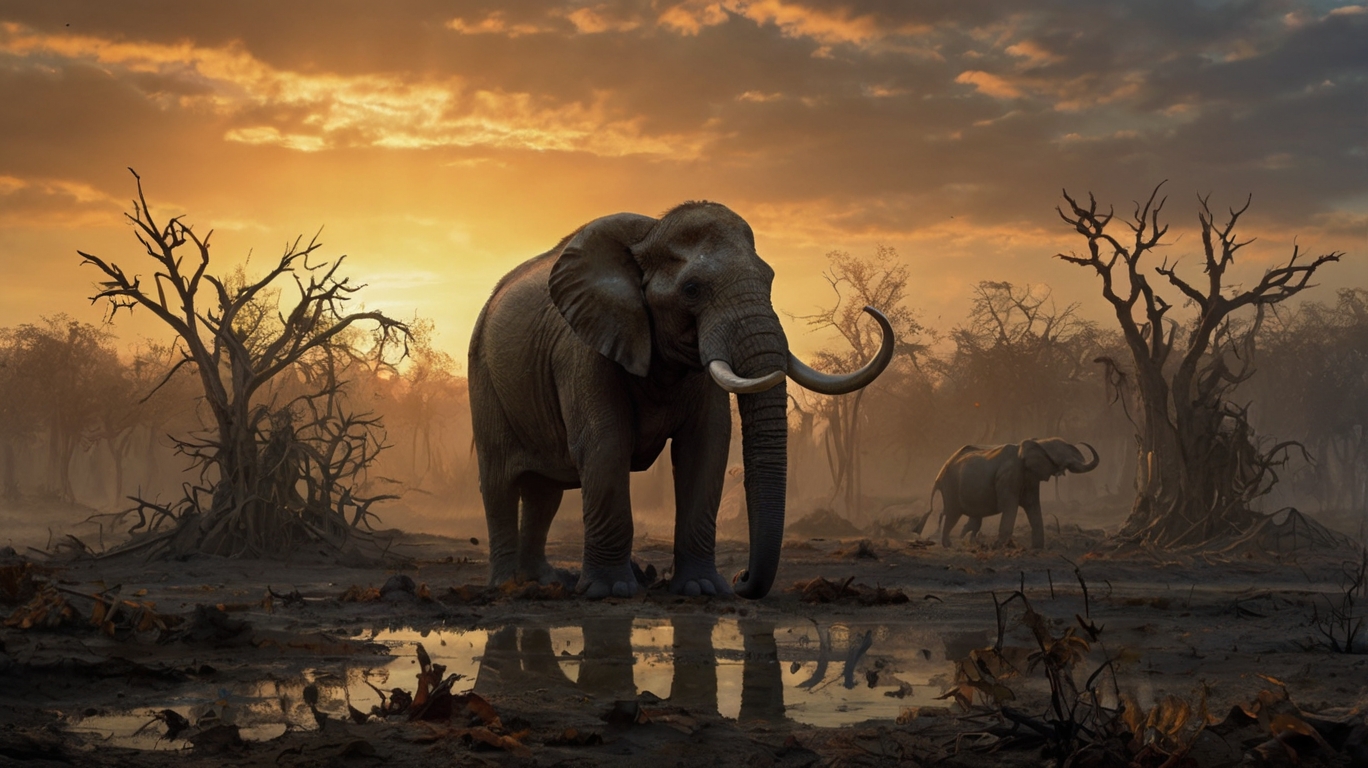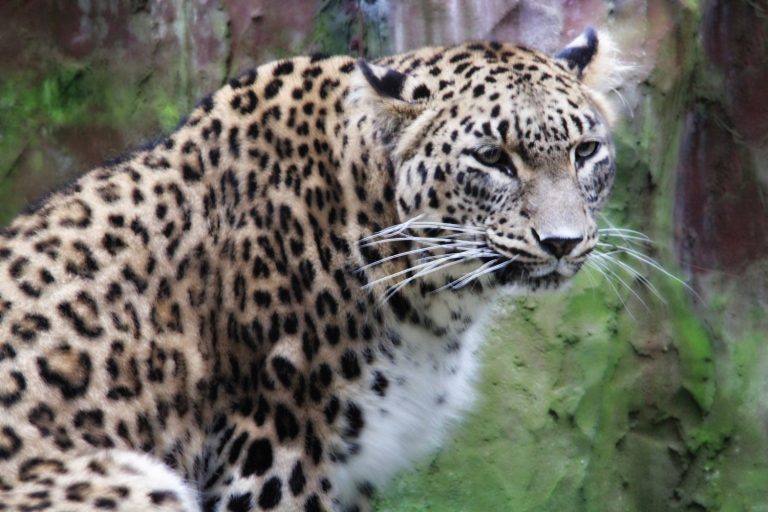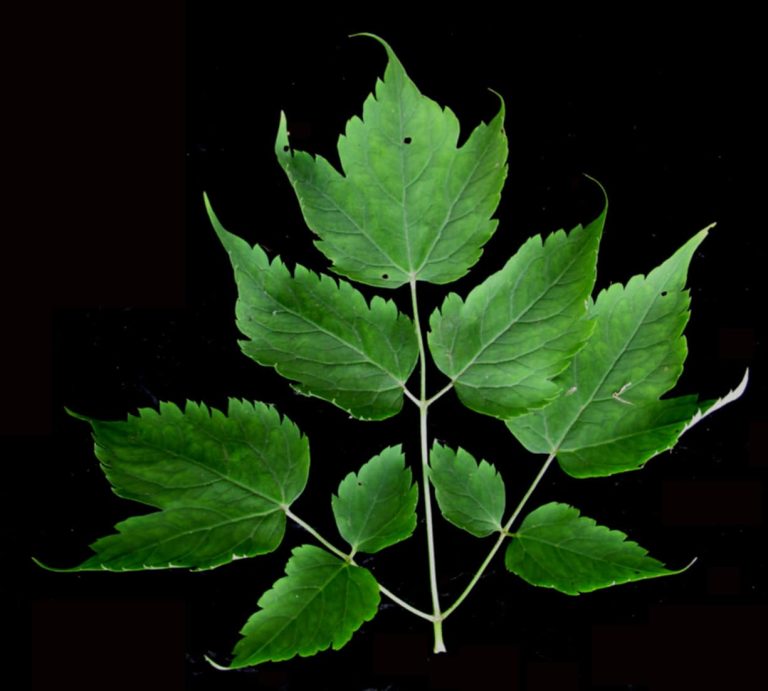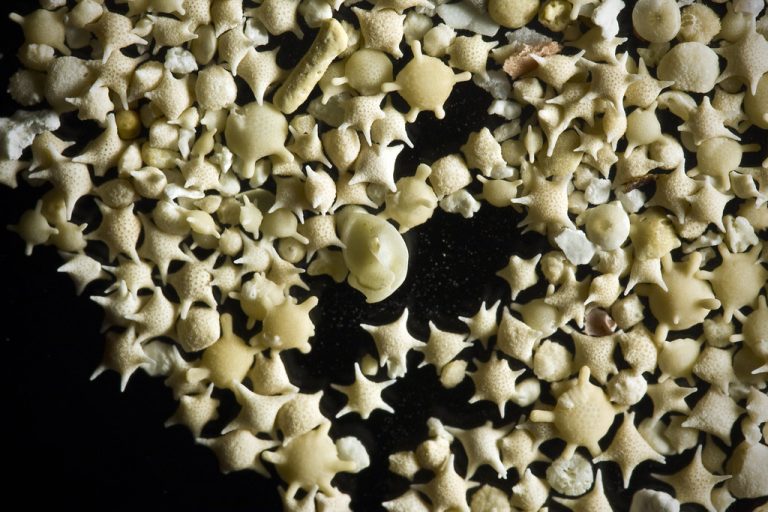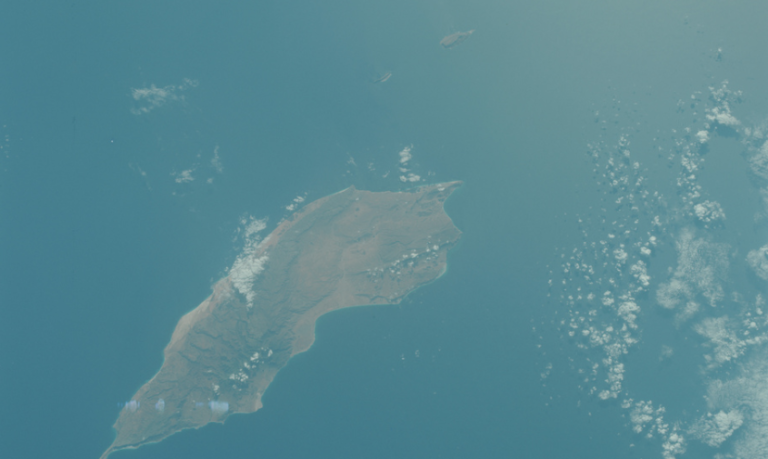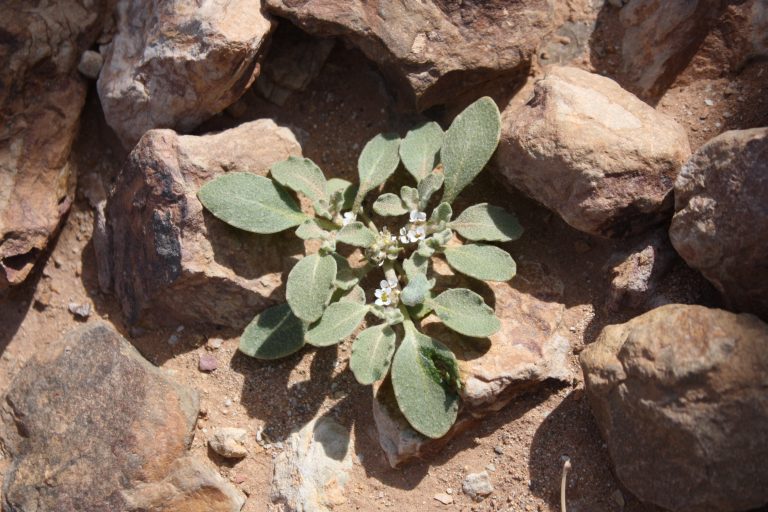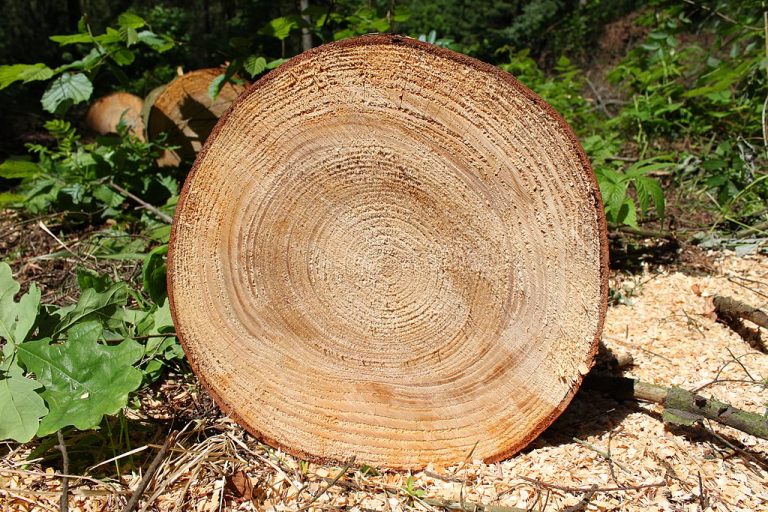Understanding Animal and Plant Extinction
Since life originated on Earth, numerous species of living organisms have vanished, and many will continue to.
When a species completely disappears like that, it’s called extinction.
It happens due to natural reasons too, but human activity has sped up the process so much, with terrible consequences.
In this post, you will get to know what extinction is, how it has become a crisis in today’s world, its implications, and how to prevent more species from going extinct.
What is Extinction?
Let’s start by gaining a basic idea about what extinction is.
Definition
Extinction is when a particular species of a living organism has completely disappeared, with no individual of that species remaining alive.
This can happen due to natural processes such as climate change or competition among species, or human activities such as deforestation.
Extinction can be sudden or gradual.
When an extreme event causes many species to go extinct in a short time, like what happened with the dinosaurs, it’s called a mass extinction.
It has been estimated that more than 99.9% of the species that ever existed on Earth have gone extinct.
Today’s Extinction Crisis
Extinction has gotten so bad now it’s considered a crisis today.
A massive decline in biodiversity is a major aspect of this issue. WWF Living Planet Report 2024 has revealed that since 1970, an average of 73% of the world’s wildlife populations have declined.
Habitat loss and climate change caused by human activity are the main culprits behind this.
This massive decline in biodiversity disrupts the balance of the planet’s delicate ecosystems, ultimately threatening human existence as well.
Animal Extinction
Let’s look at animal extinction in particular now.
How Many Animal Species are Going Extinct Every Year?
Estimates of how many animal species go extinct every year are highly varied.
The rate of extinction due to natural causes is between 10-100 species a year, but human activity has increased this figure greatly.
Some estimates suggest a number of species as high as 27000 go extinct every year due to habitat loss, climate change, and pollution.
The IUCN Red List has documented around 800 species going extinct over the past 400 years, but there can be many more unrecorded extinctions.
Some studies suggest that up to 150 species go extinct every day.
Some Well-known Extinct Animals
Let’s look at some extinct animals that are relatively well-known.
The Passenger Pigeon
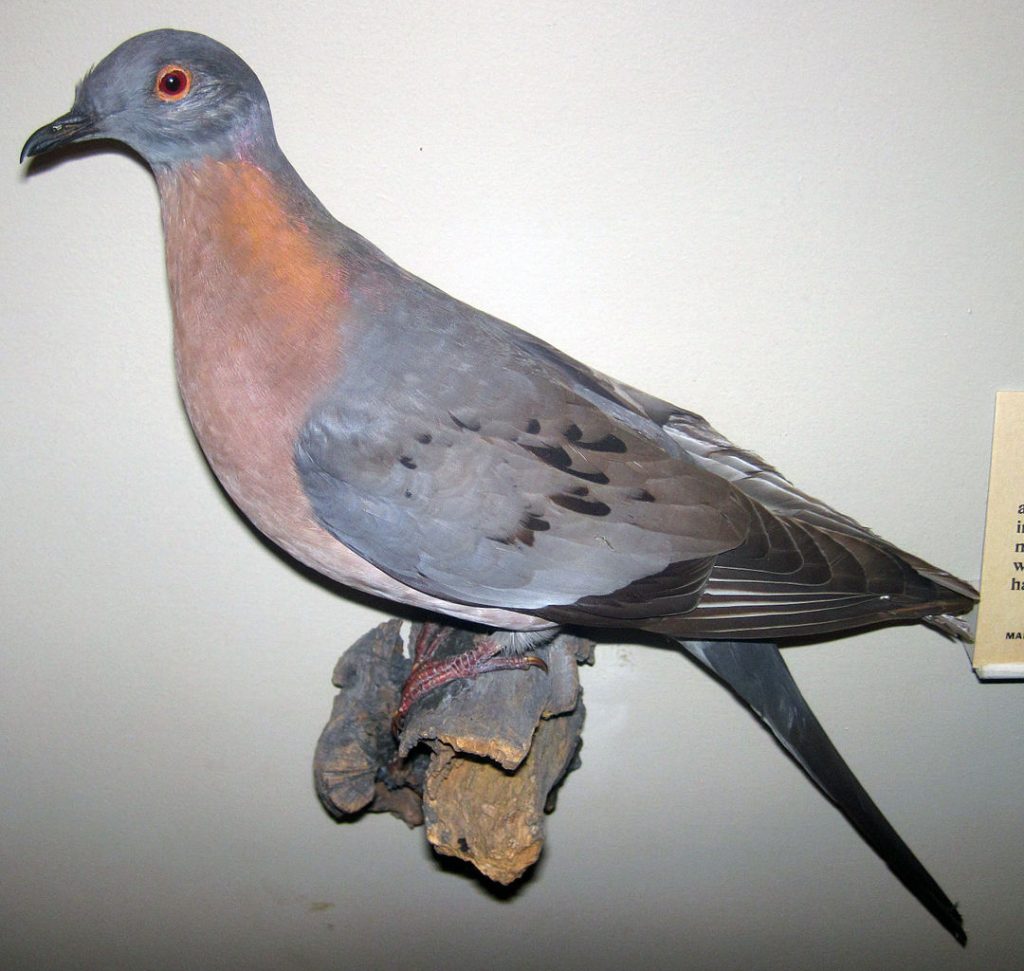
One is the Passenger Pigeon (Ectopistes migratorius), which was once abundant in North America.
Overhunting and deforestation drove them to extinction, and the last known individual of this species died in 1914 at the zoo of Cincinnati.
The Woolly Mammoth
The Woolly Mammoth (Mammuthus primigenius) is another example.
They lived across Northern Eurasia and North America during the last ice age and were driven to extinction about 10000 years ago by hunting by early humans and climate change.
The Dodo
The Dodo (Raphus cucullatus), a flightless bird native to Mauritius, is another example of human-driven extinction.
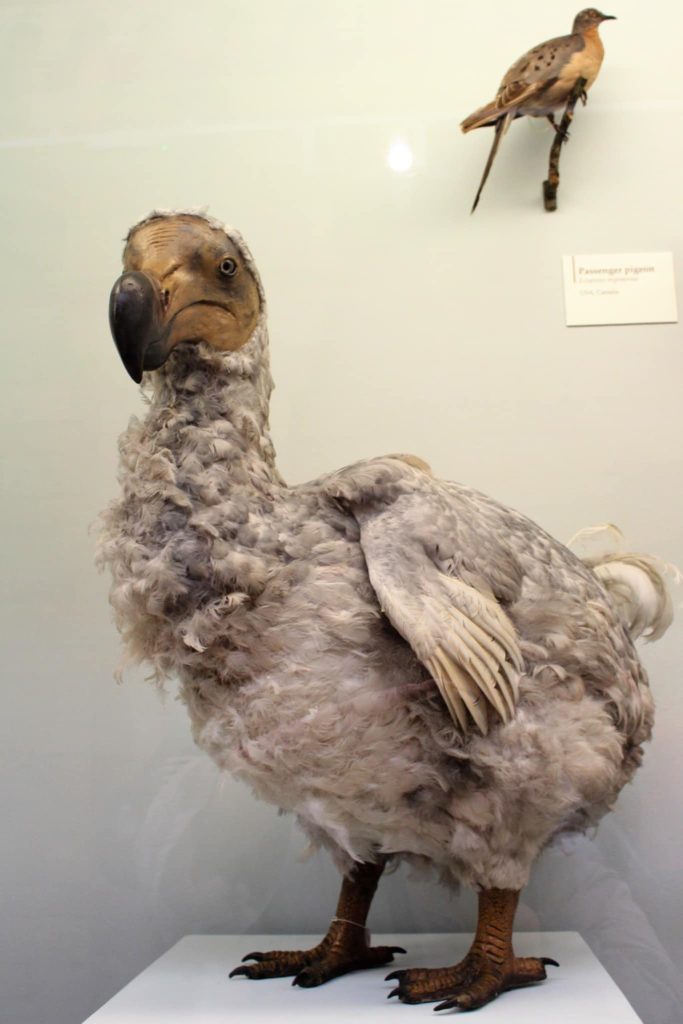
It had no natural predators and was an easy game for sailors.
The rats and pigs introduced there preyed on their eggs.
All these resulted in them going extinct in the 17th century, and it was in 1662 it was observed for the last time.
Some Recent Extinctions
Here are some animals that went extinct quite recently.
Bramble Cay Melomys
The Bramble Cay melomys (Melomys rubicola), a rodent endemic to the Great Barrier Reef island Bramble Cay, went extinct in 2019 due to rising sea levels and extreme weather in its habitat caused by human-driven climate change.
The Chinese paddlefish
The Chinese paddlefish (Psephurus gladius) was one of the largest freshwater fishes in the world.
The IUCN declared it extinct in 2020.

Their extinction was mainly due to overfishing, pollution, and habitat fragmentation due to the construction of dams across the Yangtze River, particularly the Gezhouba Dam.
The Pinta Giant Tortoise
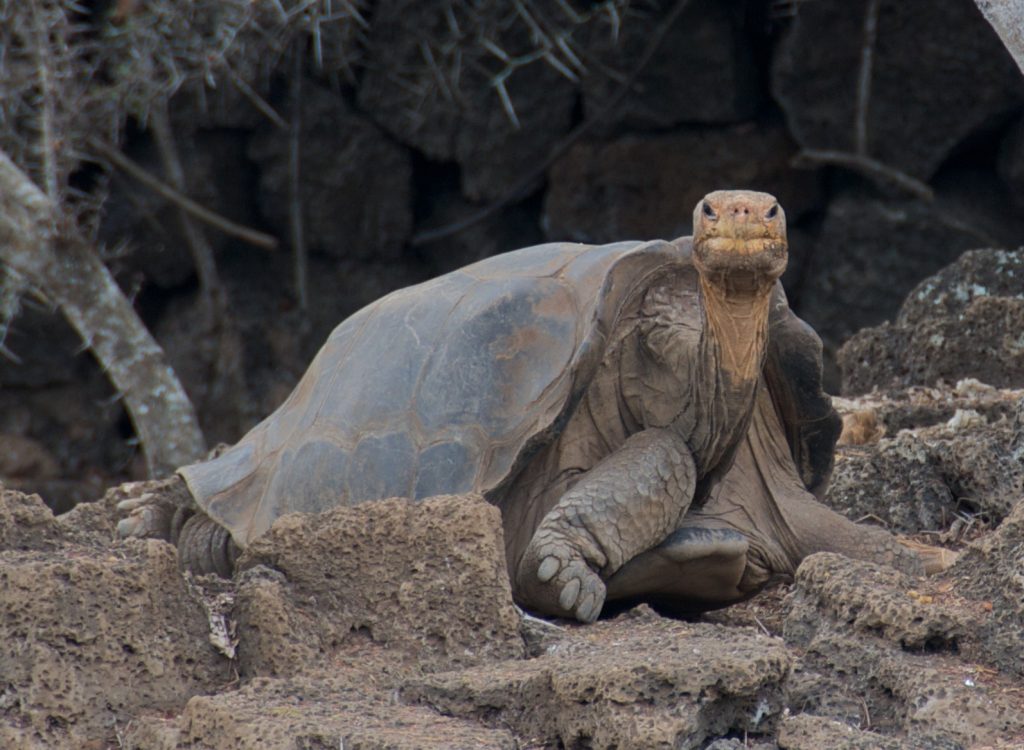
The Pinta Giant Tortoise (Chelonoidis abingdonii), a tortoise native to Pinta island in the Galápagos, went extinct in 2012, as the species’ last living individual named Lonesome George died on June 24 that year.
Being overhunted for food by the whalers who used to visit Pinta Island and habitat destruction caused by introduced species like goats were the reasons for their extinction.
Plant Extinction
Let’s move on to the extinction of plant species now.
How Fast are The Plant Species Going Extinct?
How fast the world’s plant species are disappearing is alarming too.
Nearly 600 plant species have gone extinct over the past 250 years. That’s 500 times faster than the rate of natural extinction.
Habitat loss and climate change caused by human activities such as urbanization, industrial development, and agriculture are what contribute to this rapid loss of plant diversity.
A recent study suggests that nearly half of all flowering plants may be vulnerable.
Notable Examples of Extinct Plant Species
Let’s look at some noteworthy examples of the plants that have gone extinct.
Franklin Tree
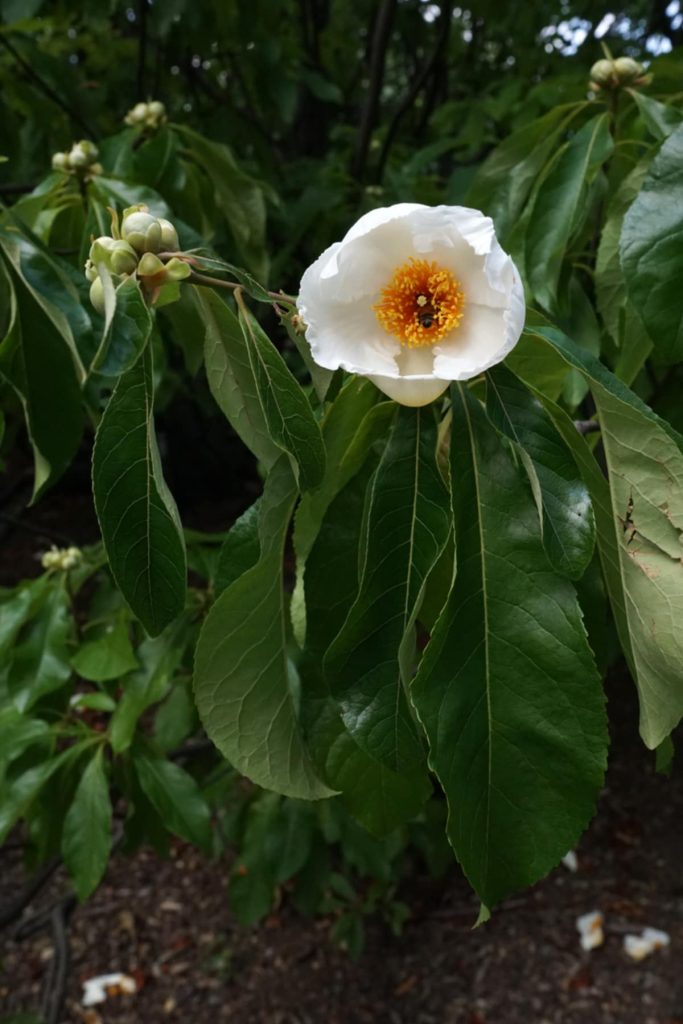
Franklin Tree (Franklinia alatamaha), a flowering plant native to the Altamaha River valley in Georgia, USA, has been considered extinct in the wild since 1803.
Over-collection of specimens by botanists and nurseries, habitat loss due to land clearance for cotton plantations, and the introduction of fungal diseases by agriculture are believed to be what caused its extinction.
This plant now only exists in cultivation.
Saint Helena Olive
The Saint Helena Olive, (Nesiota elliptica) was endemic to Saint Helena, a remote volcanic island of the South Atlantic Ocean.
After the European colonization of the island in the 1500s, deforestation for agriculture and overgrazing by introduced livestock drove this plant to extinction.
The last known wild specimen of this species died in 1994, and the last cultivated one in 2003.
The Chile sandalwood
Chile sandalwood (Santalum fernandezianum), an endemic plant of the Juan Fernández Islands in the South Pacific Ocean, went extinct in 1908 due to being over-harvested for its aromatic wood and essential oils.
The Implications of Species Extinction
So, what does this rapid disappearance of organisms mean for the Earth’s environment and humanity?
Let’s find out.
Ecosystem Disruption
One of the major consequences of extinction is the destruction it can cause in ecosystems.
One way extinction can damage an ecosystem is by causing trophic cascades.
A trophic cascade is where a population change or disappearance of a species sets off a kind of chain reaction that affects other species on the food web and affects the ecosystem in the end.
That is because all species on an ecosystem’s food web are interdependent through producer-consumer, predator-prey, mutualistic, or symbiotic relationships.
The disappearance of species results in less biodiversity, and poor biodiversity reduces an ecosystem’s ability to recover from natural disasters or human impact.
There are different species that perform the same important functions in ecosystems. For example, many species work as pollinators.
So, the extinction of one such species may not have much of an impact on an ecosystem as other species can fulfill their role, but too many extinctions can affect this functional redundancy, destroying the ecosystems.
Disrupted Ecosystem Services
The benefits ecosystems have for mankind are called ecosystem services.
Ecosystems provide us with food, water, timber, and medicines.
They regulate climate, maintain air quality, cycle nutrients, and control floods.
They also provide aesthetic value and recreational opportunities.
So, as the rapid extinction of species disrupts ecosystems, it disrupts these ecosystem services too.
Economic Consequences
The current large-scale extension can have economic consequences too.
The extinction of pollinators causes poor food harvest in agriculture, affecting the livelihood of the farmers.
Extinction of predators can lead to increased populations of herbivore species that act as agricultural pests, again resulting in poor crop yields and poor income for farmers.
Extinction of fish due to overfishing can affect our food security.
The ecosystem disruptions caused by extinction take their toll on the ecotourism industry, too.
Conservation Efforts and Solutions for Extinction
Now we know how extinction affects Earth’s precious ecosystems and mankind.
So, how can this situation be amended?
Strategies to Prevent Further Extinctions
One of the most important strategies in preventing extinction is habitat protection. Establishing protected areas to act as refuges for threatened species and managing them properly is one of the most effective ways of protecting species from extinction.
Habitat restoration efforts such as reforestation projects, and rehabilitation of impacted ecosystems are another useful strategy in preventing extinction.
It’s important to involve local communities in conservation too. They must be educated about the impact of extinction and introduced to sustainable livelihoods.
There must also be rules and regulations to protect these species and their habitats. The Endangered Species Act in the United States is a fine example of that. International agreements like the Convention on Biological Diversity are important in global efforts of conservation.
Modern technology can be an asset here too. Techniques like environmental DNA (eDNA) sampling to monitor species populations without being invasive, transmitter devices and camera traps to monitor individuals of threatened species, and satellite imagery to monitor changes in habitats are examples.
Conclusion
Extinction is when an orgasm species completely disapers, with no living individual remaining.
It has always happened due to natural causes, but human activity has increased it to an alarming level.
This rapid extinction disrupts Earth’s ecosystems, affects the ecosystem services that benefit mankind, and causes economic problems, too.
To prevent further extinction events, strategies like establishing protected habitats, habitat restoration, involving local communities in conservation, legislating rules and regulations to protect species and habitats, and modern technological assets can be used.

